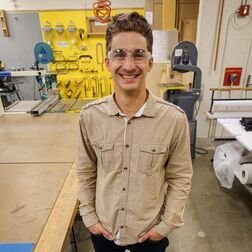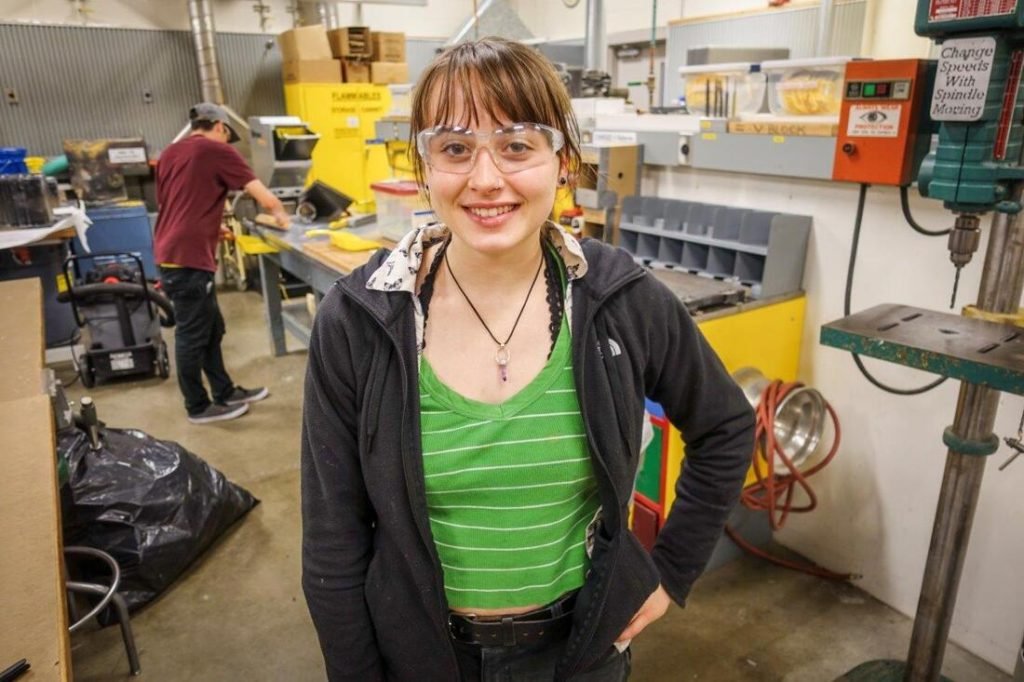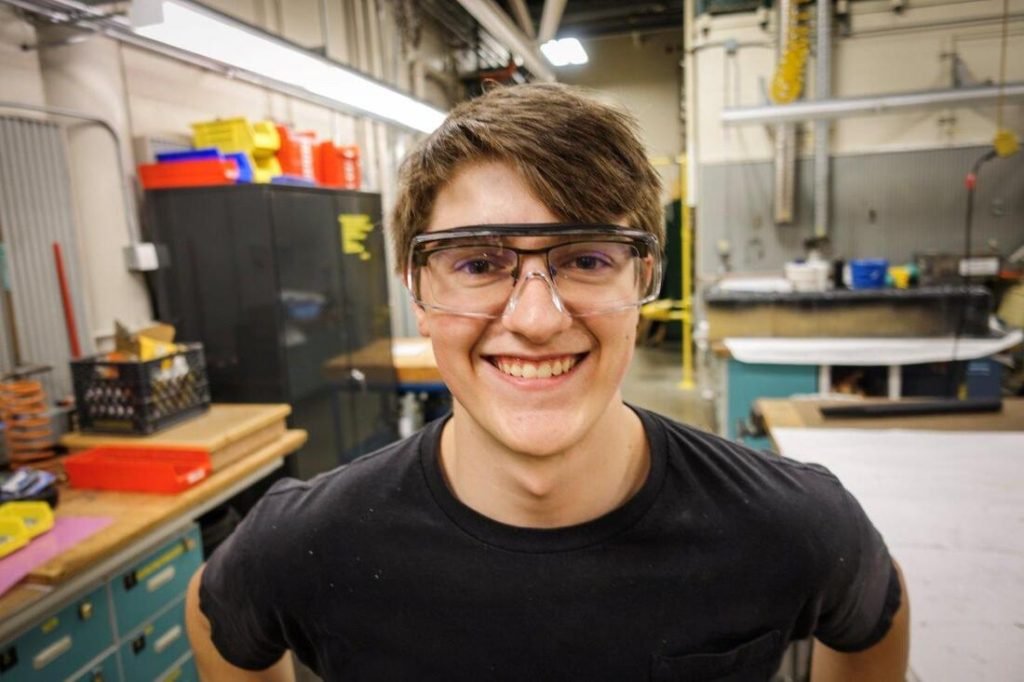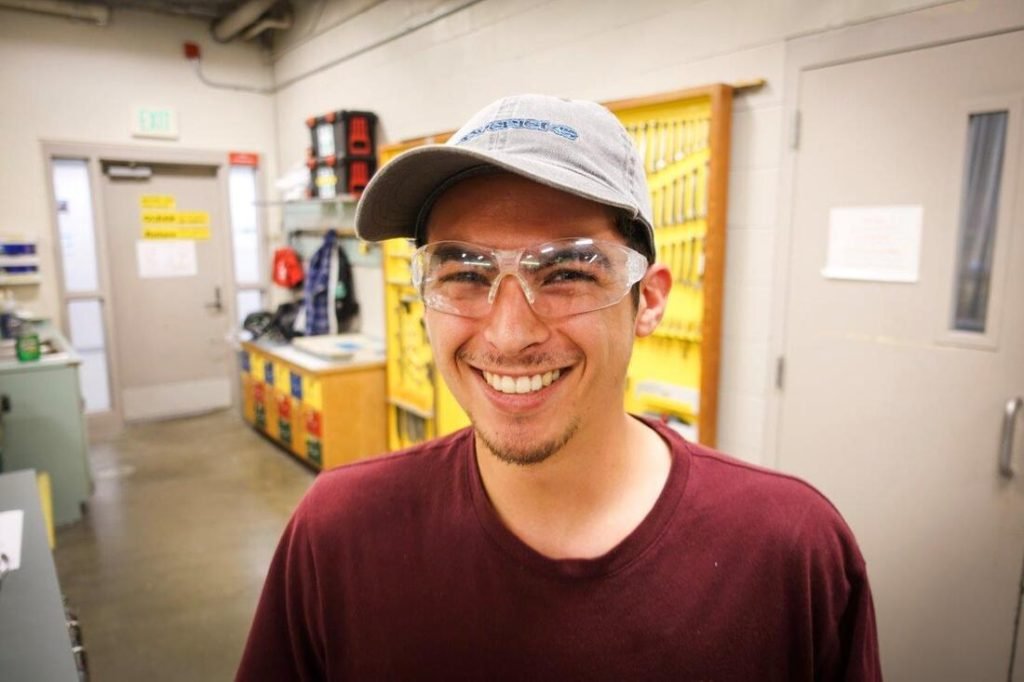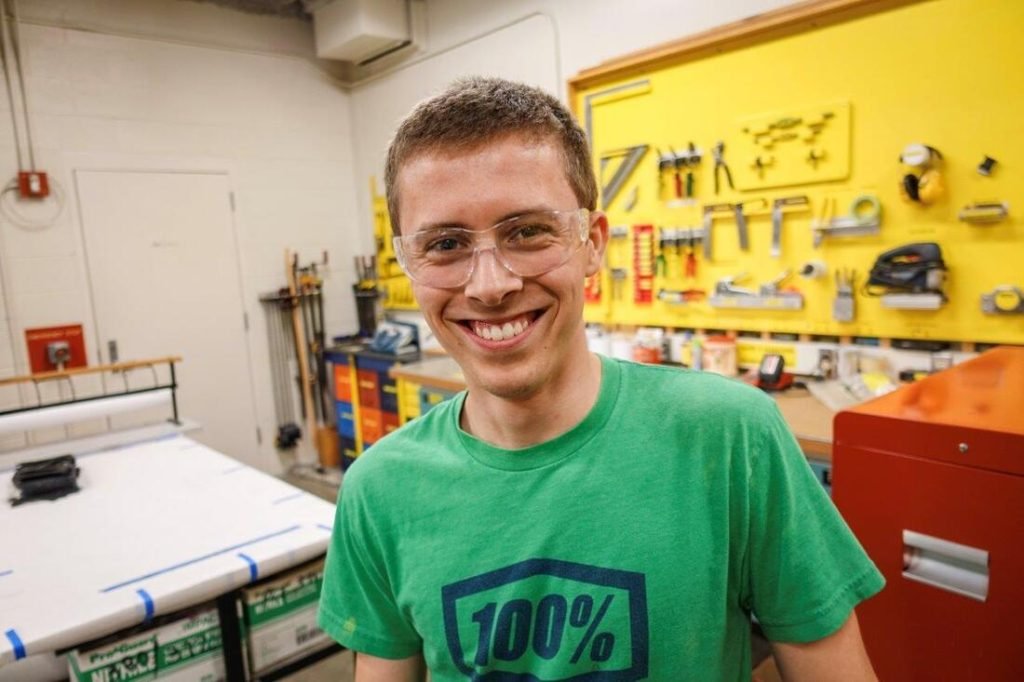Partner Spotlight: Western Washington U
In 2019 Western Washington University’s (WWU) Plastics and Composites Engineering program launched a collaboration with OPR to study the properties and manufacturability of recycled ocean plastic debris.
The partnership has two overarching goals, 1) generate and provide information to various organizations on the recycling and recovery options of marine debris, and 2) create a recycled resin from marine debris to be utilized in a product that will be sold to fund or subsidize ongoing cleanup efforts. The knowledge created from this collaboration will advance public awareness of the challenges associated with marine debris and a tool-kit to help with the global clean-up efforts.
Objectives & Research Questions
Objective 1
Develop methods and protocols for in-take and recycling of ocean plastics at WWU
– Includes identifying, sorting, cleaning, drying, and mechanical recycling
Objective 2
Determine extent of degradation and relate to processability and product properties
– Characterization of chemical/morphological structures and properties degradation due to water, salt, and UV
Research Questions
– How does the long time in intense environmental conditions such as water, salt, and UV alter the structure-property-processing relationships of recycled ocean plastics?
– Have the properties influencing processability, such as viscosity, molecular weight, and melt temperature, been altered and to what degree?
– How does level of degradation relate to morphological structures (such as degree of crystallinity) affecting mechanical properties (such as modulus, yield/ultimate stress/strain, fatigue)
– What are the effects of environmental conditions on the concentrations and chemical nature of additives within the recycled ocean plastics?
Objective 3
Understand manufacturability of ocean plastic recyclate streams
– Processing studies using recycled ocean plastic resins to qualify materials for thermoplastic manufacturing
Research Questions
– What thermoplastic manufacturing processes, such as injection molding, extrusion, or rotational molding, can the ocean plastic recyclate be utilized effectively in?
– Can 100% recyclate be utilized to produce consistent, high quality parts?
– What are acceptable levels of degradation, water, and salt content that maintain processability?
– What is the rate of defect generation in typical thermoplastic manufacturing processes such as injection molding and extrusion?
– Does the ocean recyclate need to be compounded with virgin material to produce high quality material for manufacturing? At what concentrations?
Objective 4
Create educational content for industrial, public, and academic domains
– White paper(s) and/or conference presentations on characterization/processing/usability of oceans plastics
– Accessible information and educational content on ocean plastics, recycling, and use of ocean plastics for K-12, undergraduates, and public domain
– Technical data sheets which includes information on material properties and processing for each type of recyclate and the specific processes determined to be viable

